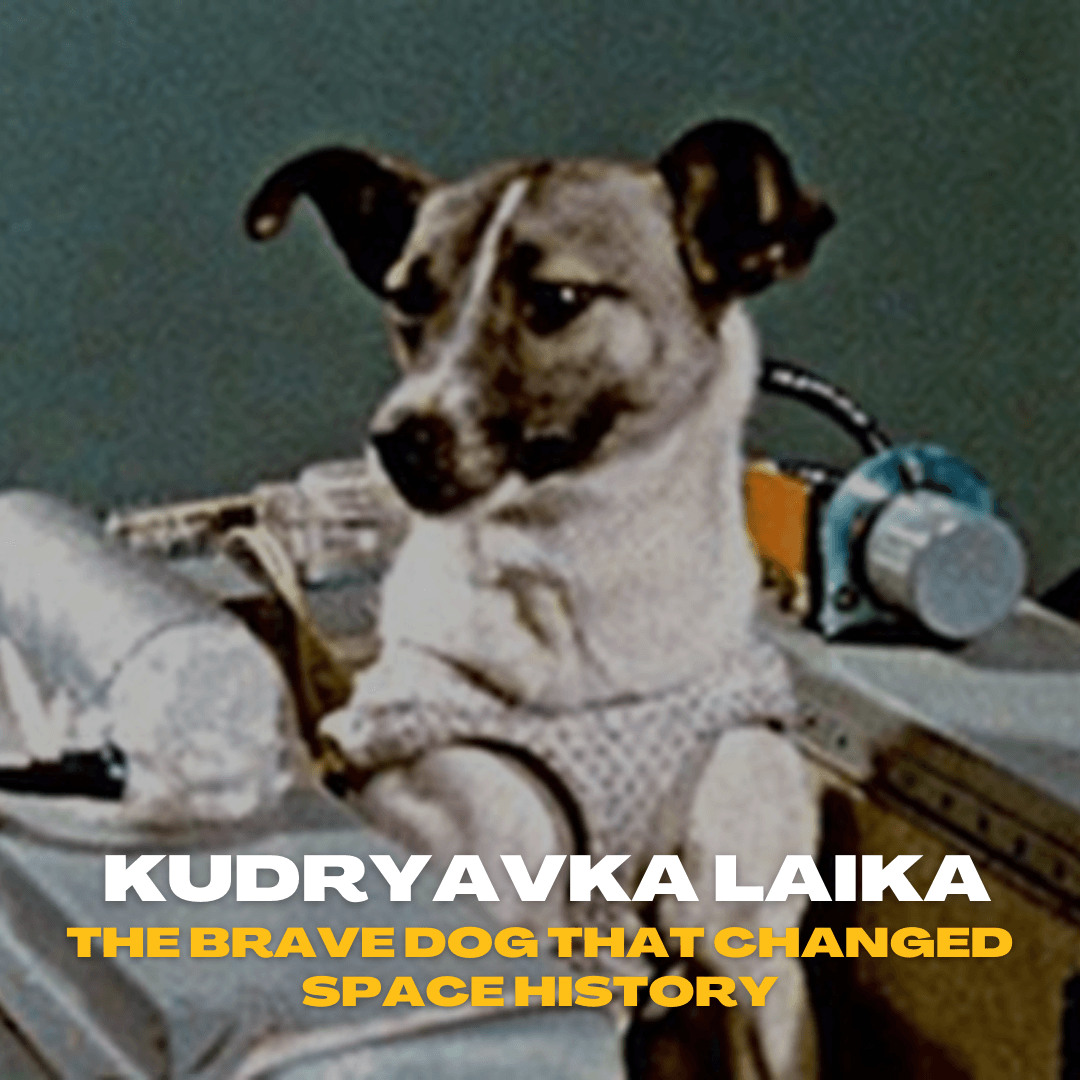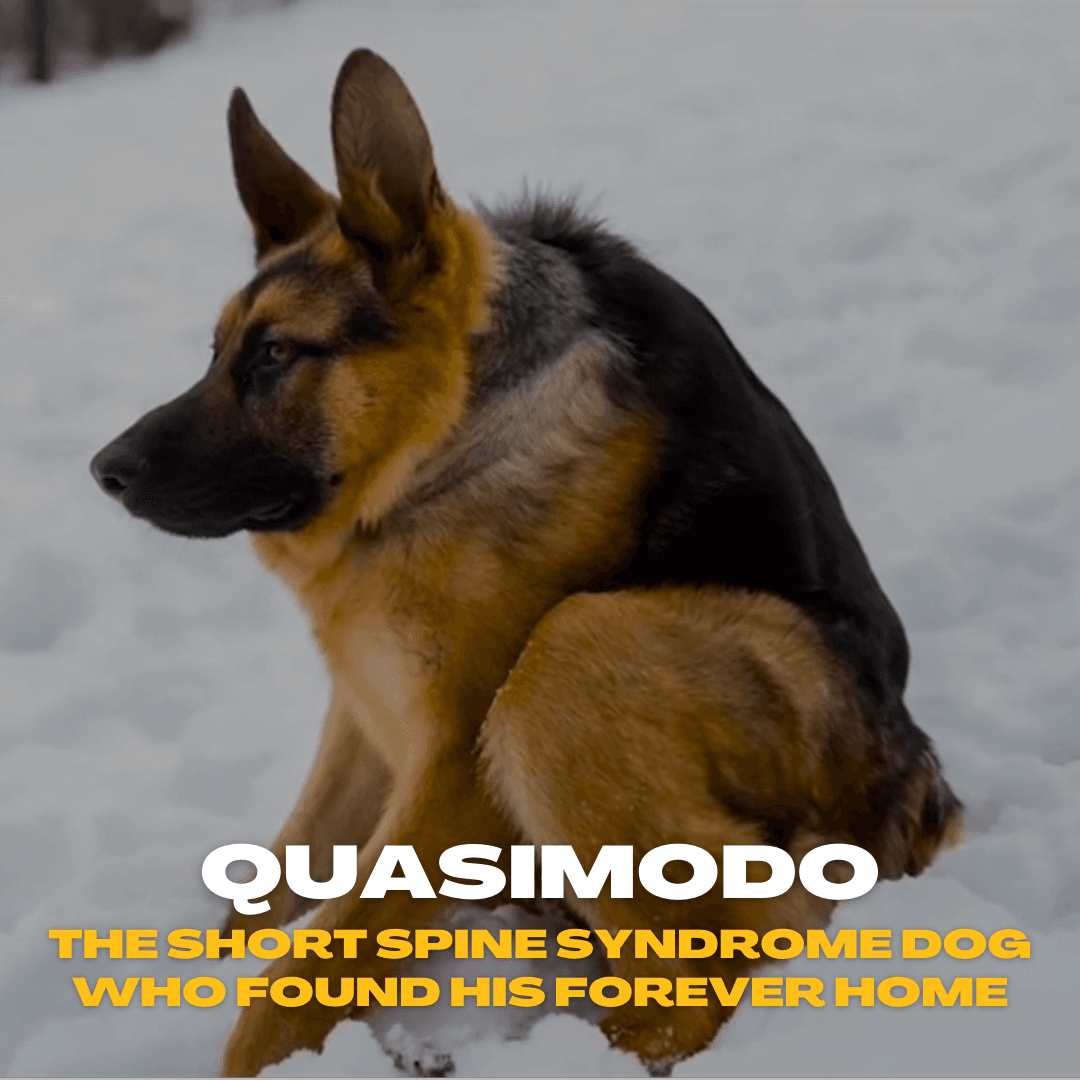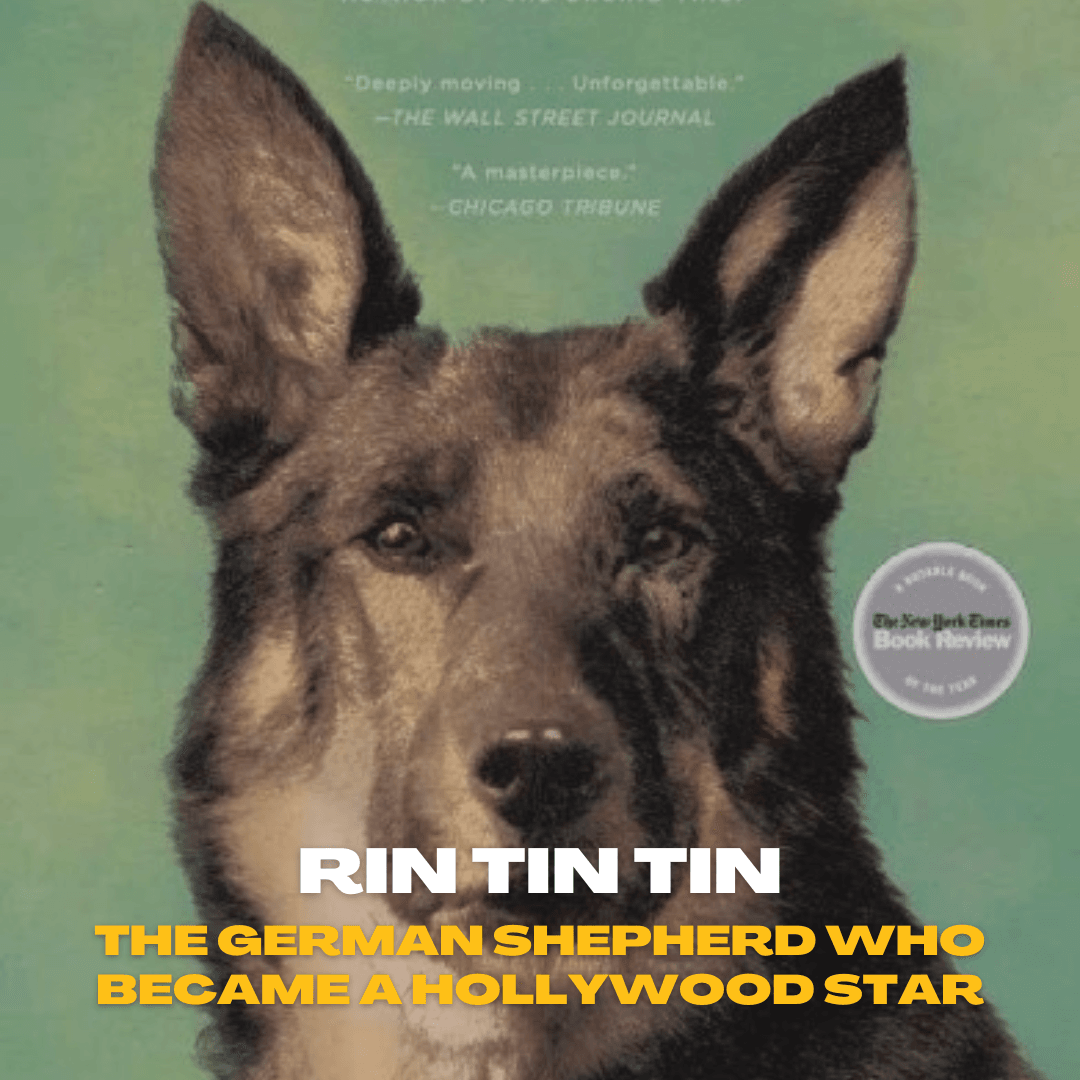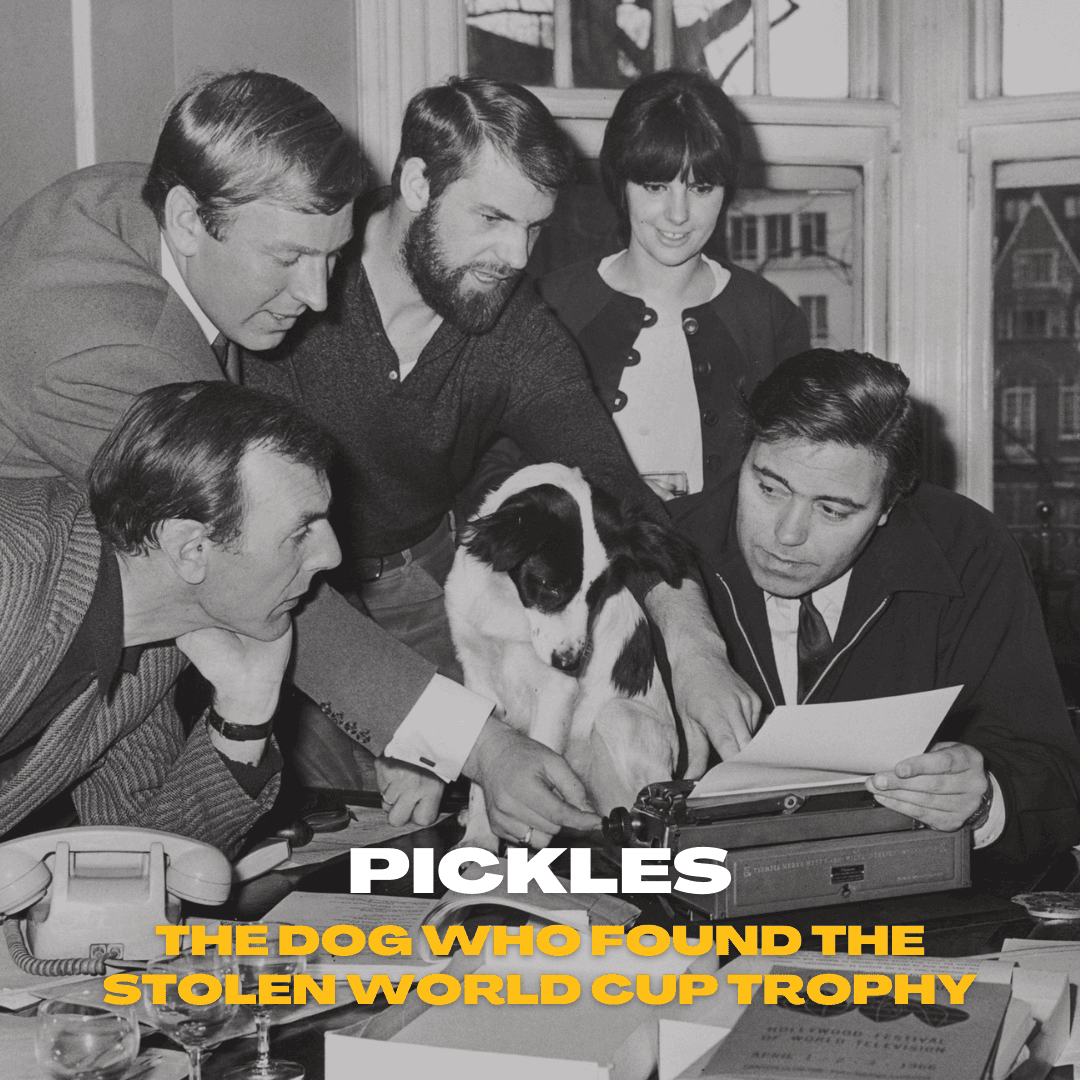“Kudryavka Laika” may not be as well-known as Yuri Gagarin or Neil Armstrong, but long before humans set foot in space, this small, scrappy dog played a crucial role in space exploration. Known simply as Laika, she became the first living creature to orbit Earth, forever etching her name in history. However, her journey was anything but ordinary, and Laika’s story remains both inspiring and heart-wrenching.
Who Was Kudryavka Laika?
Kudryavka Laika was a stray dog found wandering the streets of Moscow in the 1950s. At the time, the Soviet Union was racing against the United States in the space race, and Soviet scientists believed that sending a living organism into space would be a critical step before launching humans. They needed an animal that was small, resilient, and able to withstand the harsh conditions of space travel, and Laika fit the bill.
Laika’s original name was actually “Kudryavka,” meaning “Little Curly,” due to her curly fur. She was a mixed-breed dog, part terrier, and part Spitz, with a calm yet curious temperament. Laika, along with other dogs, was trained rigorously to prepare for space flight, but she was the one chosen for the historic mission aboard Sputnik 2.

Laika’s Selection and Training
The reason Kudryavka Laika was chosen over other dogs had a lot to do with her size and demeanor. At only about 6 kilograms (13 pounds), she was small enough to fit in the spacecraft. She also exhibited a calm nature, which was essential for handling the stress of space travel. Over time, she became the clear favorite among Soviet scientists.
Her training was intense. She was placed in smaller and smaller enclosures to get her accustomed to the cramped conditions she would face in the spacecraft. Laika was also trained to eat a special gel-like food that would sustain her during the mission. Additionally, she was subjected to tests that simulated the noise and vibrations she would experience during the launch.
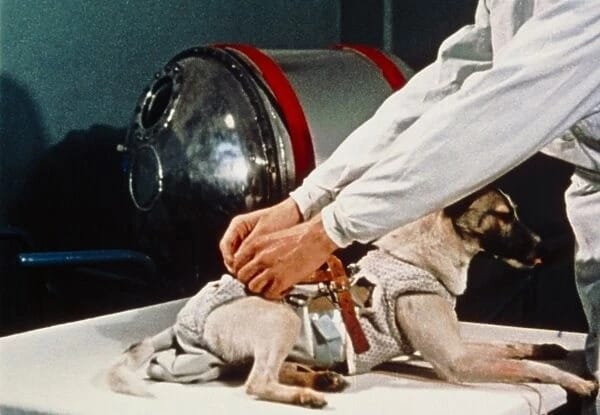
The Launch of Sputnik 2
On November 3, 1957, Kudryavka Laika made history when she was launched aboard Sputnik 2, becoming the first living being to orbit Earth. The world watched in awe as this brave little dog was sent into the unknown, carrying the hopes and dreams of Soviet scientists.
Sputnik 2 was not designed for re-entry, and tragically, it was understood from the beginning that Laika would not survive the mission. At the time, the Soviet Union claimed that Laika lived for several days in space before succumbing to a lack of oxygen. However, years later, it was revealed that she had likely died from overheating just a few hours after the launch due to a failure in the spacecraft’s temperature control system.
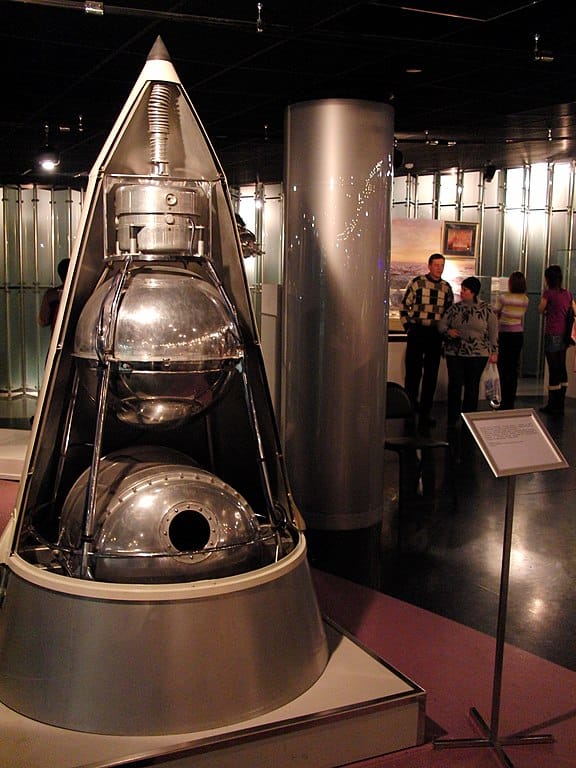
Laika’s Legacy
Though Kudryavka Laika did not survive her mission, her legacy is profound. She proved that a living organism could endure the rigors of space travel, setting the stage for future human spaceflights. Her sacrifice opened the door for monumental achievements in space exploration, including Yuri Gagarin’s historic flight just four years later in 1961, when he became the first human to orbit Earth.
Laika became an international symbol of courage and sacrifice. Her mission stirred a global conversation about the ethics of using animals in scientific experiments. While the Soviets celebrated Laika as a hero, others around the world were outraged that such a mission would knowingly result in her death. This debate led to more stringent animal welfare regulations in scientific research in the following decades.
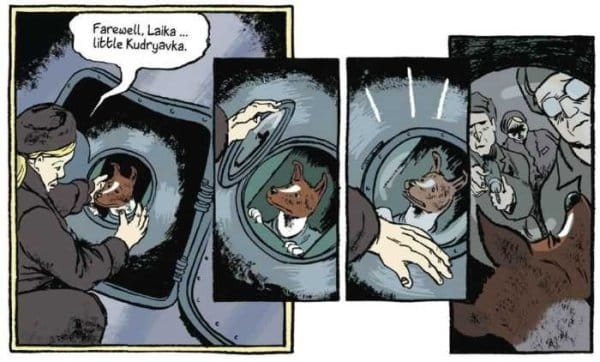
The Emotional Impact of Laika’s Journey
For many, Laika’s story is more than just a tale of space exploration. It’s a poignant reminder of the sacrifices made during the early days of space travel. The fact that Kudryavka Laika was a stray, plucked from the streets of Moscow, and chosen to become a space pioneer, adds an emotional layer to her story. She went from a homeless dog to a hero, even though she never had a choice in the matter.
Today, Laika’s image is immortalized in statues, stamps, and even children’s books. She continues to be a symbol of bravery, and her story has been told countless times to honor her contribution to space science. In 2008, Russia unveiled a monument to Laika, showing her proudly standing atop a rocket.
Should Laika’s Story Be Remembered?
The story of Kudryavka Laika reminds us that progress often comes at a cost. Her mission pushed the boundaries of what was possible in space exploration, but it also raised important ethical questions that we continue to grapple with today. While the world celebrates the advancements in science and technology, it’s important to remember the sacrifices made along the way, including those of Laika and the other animals who followed in her footsteps.
Her contribution to space exploration was undeniable, and though her story ended in tragedy, Laika remains a hero in the annals of history. Today, her memory serves not only as a testament to human ambition but also as a call for reflection on the ethics of scientific progress.
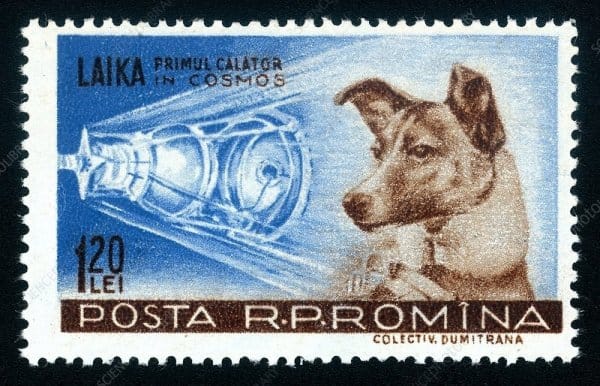
Conclusion
Kudryavka Laika may have been a stray dog from the streets of Moscow, but her legacy as the first living creature to orbit Earth has left an indelible mark on the history of space exploration. Her journey was one of bravery and sacrifice, and while it ended in sorrow, her contribution to science and humanity’s quest to explore the cosmos will never be forgotten. Laika’s story reminds us that every step forward in progress can have a profound emotional and ethical impact, one that continues to resonate with people around the world today.
—
If you were moved by the story of Kudryavka Laika, don’t hesitate to share it with your friends and family! Her legacy is a reminder of both the triumphs and challenges of space exploration.
